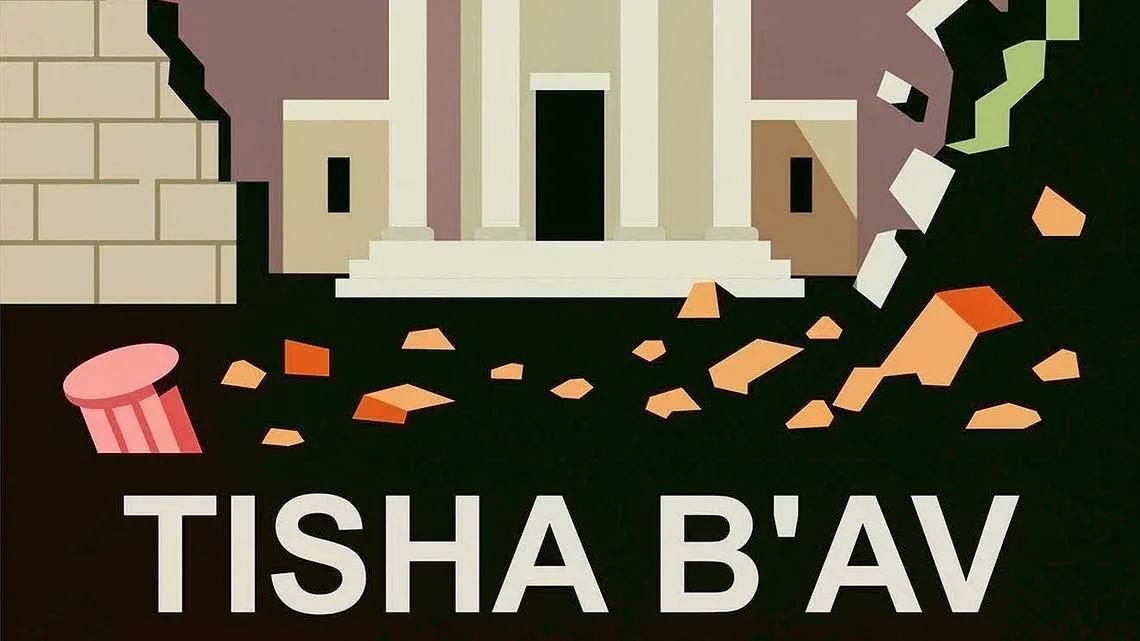DELIBERATELY DIVERSE | Frances Sorrow
Deliberately Diverse represents the opinions of a group of Taylor friends who never entirely agree on anything but welcome the opportunity to share their opinions in our beloved community.
What is the difference between Tisha B’Av and Tu B’Av? Only six calendar days, but what a difference in theme between the two.
PLEASE LOG IN FOR PREMIUM CONTENT. Our website requires visitors to log in to view the best local news.
Not yet a subscriber? Subscribe today!







